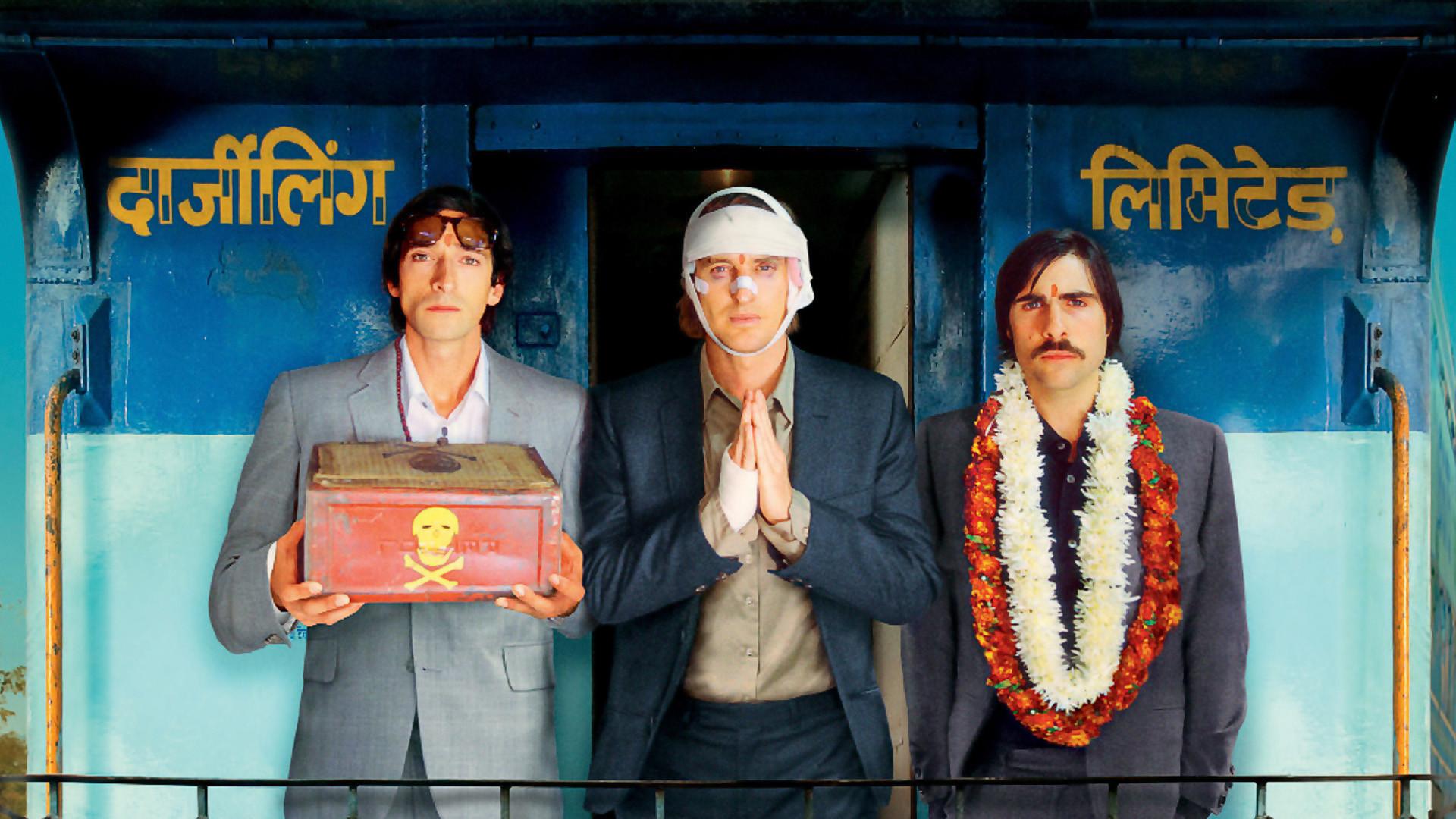
Travel by rail in the United States goes all the way back to the early 1800s. It was an important part of the Industrial Revolution and helped to settle the western United States. The First Transcontinental Railroad was completed in the U.S. when the “Golden Spike” was driven in Ogden, Utah in 1869.
At the peak of railroad travel in the U.S. “Golden Age” of the 1890s, there were over 163,000 miles of track in the U.S. The original steam locomotives were eventually replaced by coal, diesel and high-speed rail.
Currently in the U.S., train travel is considered the 3rd safest way to travel according to the Federal Railroad Administration. Both airline travel and bus travel have less fatalities each year based on the number of billion passenger miles travelled annually.
Since 2001, there has been a 51% increase in the amount of train ridership in the U.S. More people are coming back to train travel for business, vacations, students and a fun alternative to automobiles.
Trains and train travelers have been featured on film since movies began in the early 1900s. In fact, trains were one of the favorite subjects of early motion pictures due to their grand nature and speed. One of the first films to feature a train was the 50 second short “Arrival of a Train at La Ciotat” from 1895 in which a train pulled by a steam locomotive enters a train station.
There is a rich history of trains on film.
In truth, there could probably be 100s of westerns through the years which could be listed as films featuring trains. A wide range of film genres were selected for this list.
(Films in no particular order)
1. Snowpiercer
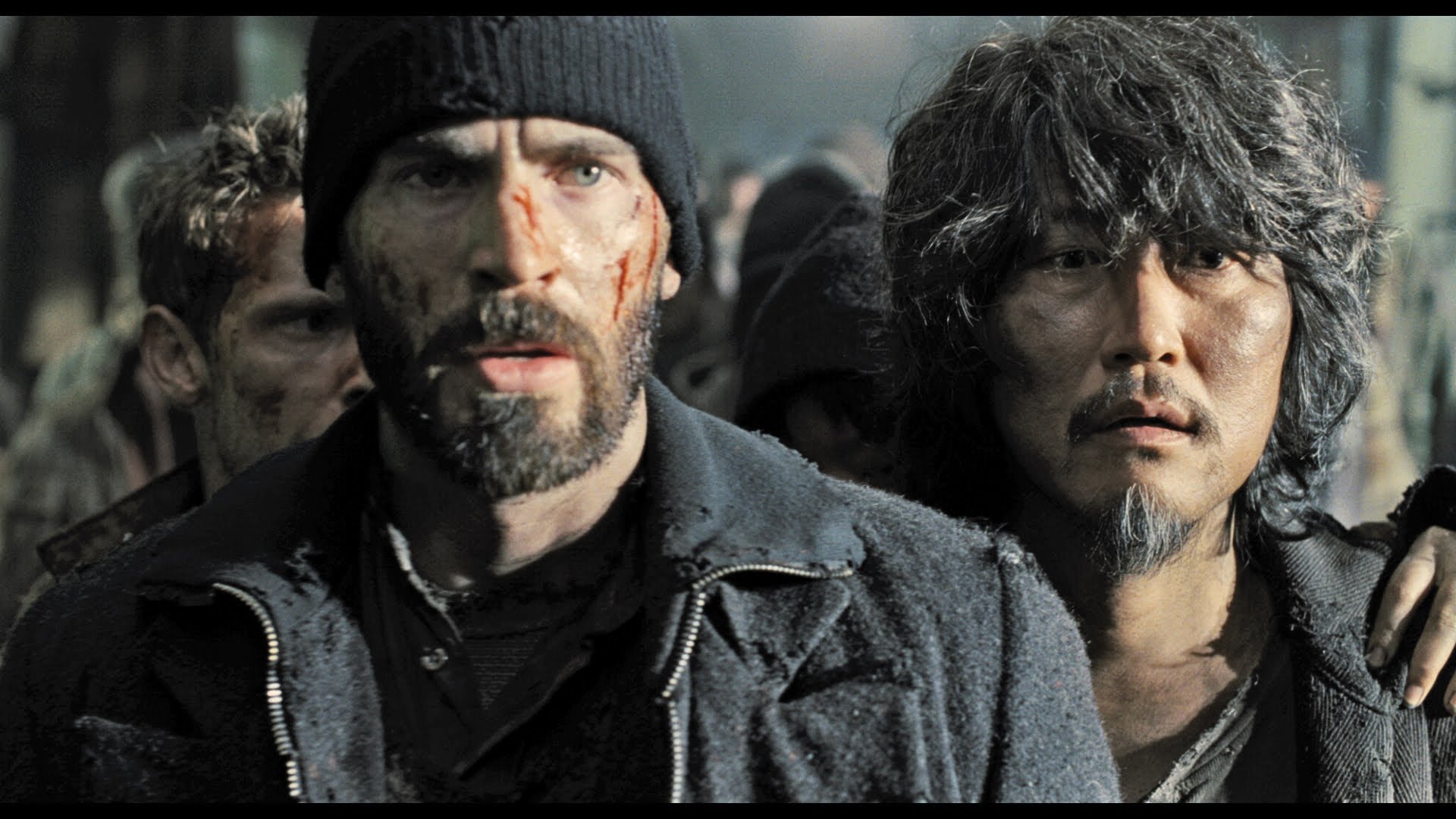
South Korean director Joon Ho Bong tells us the futuristic story of a world where a failed weather changing experiment goes awry killing almost everyone on Earth. The remaining inhabitants get to come aboard the Snowpiercer, a train that encircles the glob one time per year.
The film centers on a band of miscreants led by Curtis (Captain America – Chris Evans) who decide they are not going to be suppressed by the aristocracy residing at the front of the train including Deputy-Minister Mason (Tilda Swinton) any longer. They plan a revolt and try to take the preceding cars by force. Other members of the revolutionaries include Gilliam (the ageless John Hurt), Edgar (Billy Elliot’s Jamie Bell) and Tanya (The Help’s Octavia Spencer).
As they go, they meet a clairvoyant (Go Ah-sung) who assists them in opening the doors between the cars and a mysterious stranger (Song kang-ho) who helped design the train’s security features. As the group travels through each subsequent train car, they discover new interesting surprises and engaging challenges which make for a tough journey.
As the group moves forward, it feels almost like moving up decks on the Titanic, showing the differences in class as they go. The vagabonds get to see how to rich use their time when time is all they have left. Once reaching the front engine of the train, Curtis meets the misguided creator of the engine Minister Wilford (Ed Harris) for a final showdown. The film doesn’t necessarily end all tied up, but hints at hope once the survivors exit the train.
2. Runaway Train
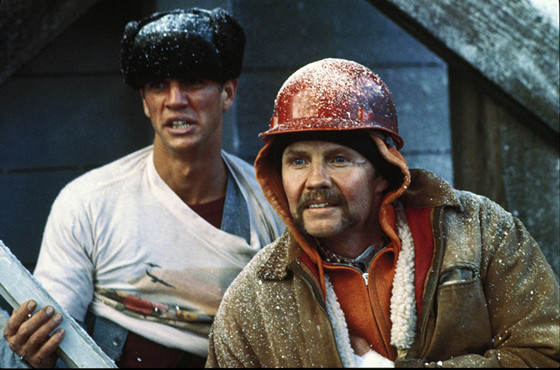
Jon Voight and Eric Roberts (both nominated for Academy Awards for their performances in the film) costar with Rebecca De Mornay in this first rate thriller. The plot involves two escaped convicts finding refuge on a train only to discover no one is at the controls. They both try and figure a way to get off or stop the train.
The best elements of this film, besides the acting, is the slow build of tension between the characters. It’s hard to believe now, after many bad and straight-to-video movies, Eric Roberts used to be a decent actor and gives a great performance here. This film also marks the acting debut of “Machete” tough guy star Danny Trejo and fellow tough guy Tommy “Tiny” Lister who played the president in “The Fifth Element”.
The film was actually written by Akira Kurosawa much earlier who had planned to direct casting Henry Fonda and Peter Falk in the lead roles. The final images of the film are unexpected and unforgettable.
3. Back to the Future III
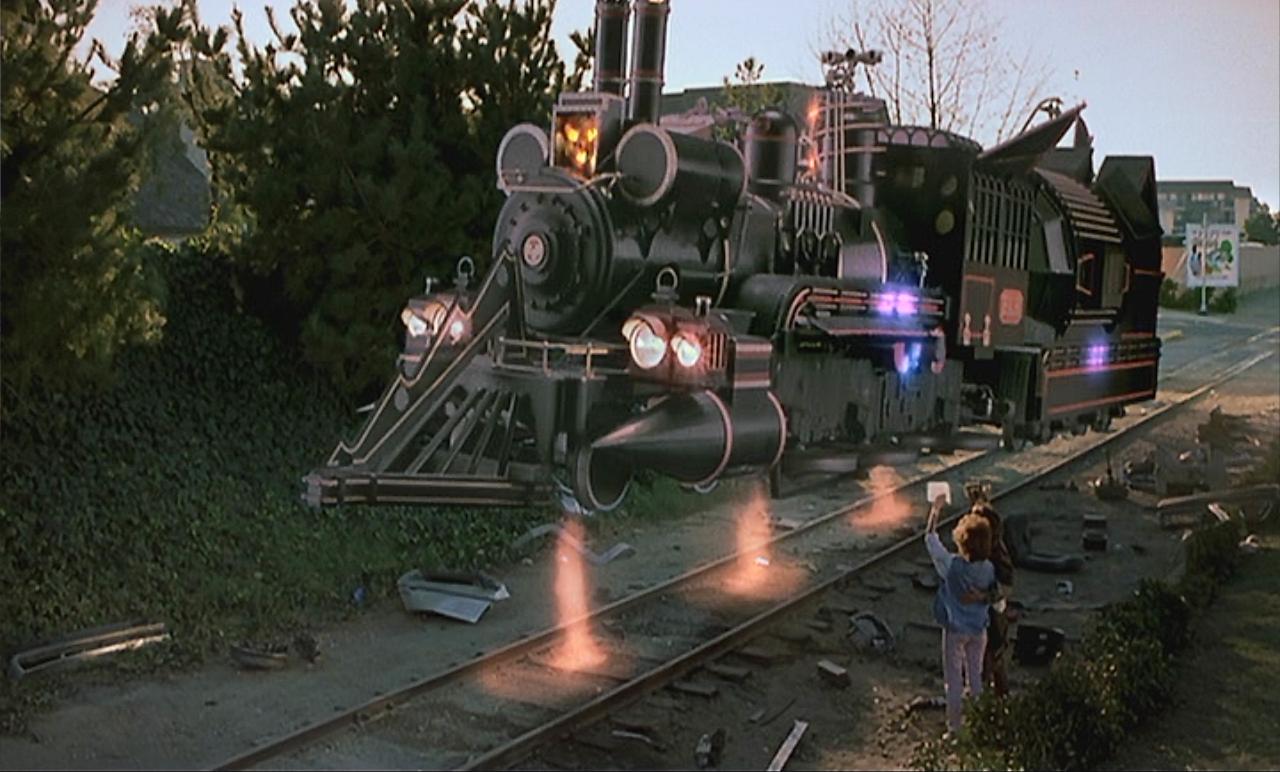
In a serious case of déjà vu, Marty McFly (Michael J. Fox) ends up back in 1955 at the end of Back to the Future II. “Doc” Emmett Brown (Christopher Lloyd) assists Marty in going back to 1885 so Marty can warn Doc’s earlier self he dies shortly after arriving.
After meeting up with Doc, and having more adventures together, they devise a scheme for Marty to return “Back to the Future” again. The only way they can get their DeLorean up to 88 MPH is to attach it to the front of a moving train. The arrival of Doc’s lady, Clara, (Mary Steenburgen) complicates matters as they only have limited time until the locomotive careens into a ravine. All ends well.
In the end, Doc and Clara return from the future to show off their children “Jules” and “Verne” in their futuristic locomotive engine time machine. The last image we see is their space-powered engine rocketing toward us and we are left wondering Doc’s ultimate destination. This film is a fitting conclusion to the time-traveling trilogy.
4. The Polar Express
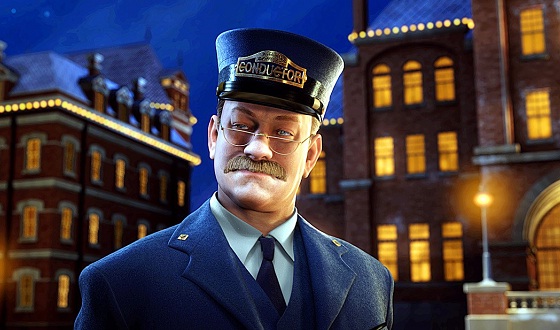
Tom Hanks reunites with his “Castaway” director Robert Zemeckis in this “digital capture” animated tale of a young boy on a journey to the North Pole and the many people he meets along his journey aboard The Polar Express. In an effort to reach the home of Santa Claus, the boy has to decide if he really believes.
The movies is actually listed in the Guinness Book of Records as the “first all-capture” film. Filmmakers used digital cameras to capture all the actors’ movements and then superimposed the images over their frames. Adult actors were used for all the parts, including the children’s roles. Tom Hanks used his voice and acting talents for a total of six characters in the film – boy, father, conductor, hobo, Scrooge and Santa.
Unfortunately, this was the last film starring Michael Jeter, costar of “The Fisher King” and “The Green Mile.” This was also the first major film to be released in 3D IMAX. Even though the film had a lofty $165 million budget, it was considered a success making over $180 million and is now considered a great Christmas film.
5. Murder on the Orient Express
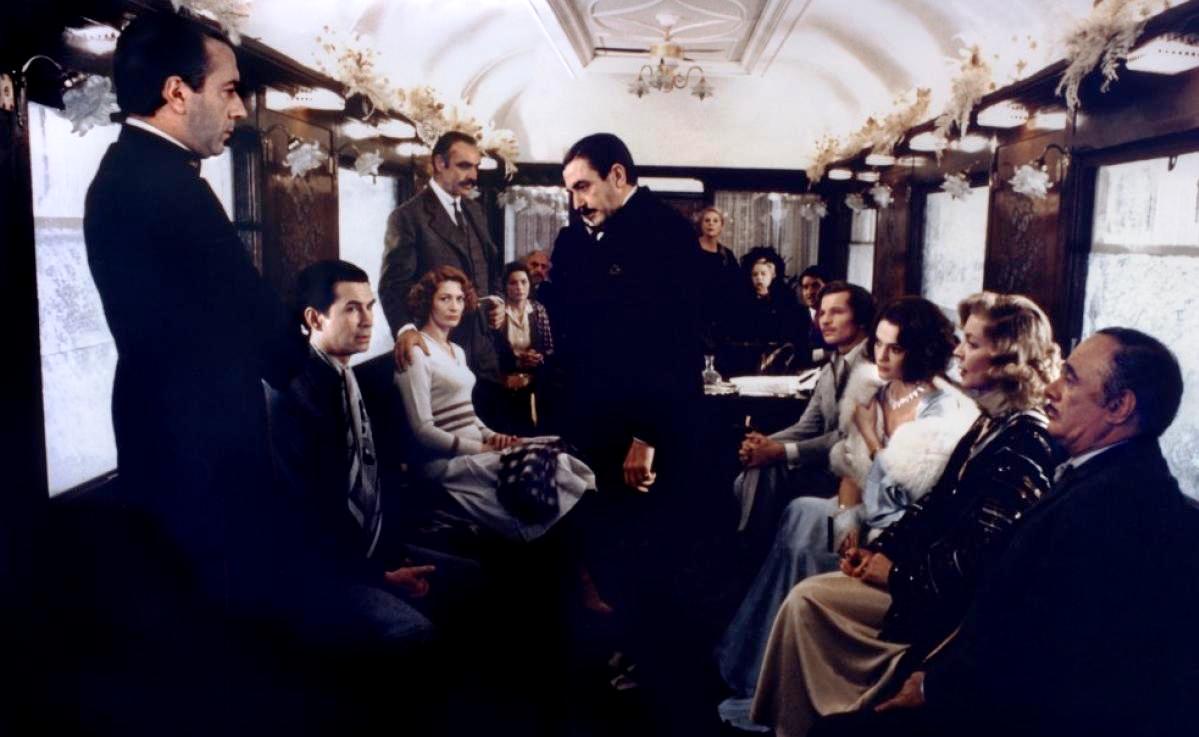
Acclaimed director Sidney Lumet (12 Angry Men, Dog Day Afternoon, Network, among others) leads an amazing all-star ensemble cast including Sean Connery, Albert Finney, Lauren Bacall, Ingrid Bergman (in her Academy Award-winning role), Anthony Perkins and Sir John Gielgud in this tale of murder on a train based on the novel by mystery giant, Agatha Christie.
Christie said the story for the film was inspired by the kidnapping of Charles Lindbergh’s baby. In fact, Lindbergh himself died only a few months before the film’s release in 1974. Christie had said this was her favorite adaptation of one of her novels into a film. The lead role was originally supposed to go to Sir Alec Guinness, who was unavailable at the time, so 37 year-old Finney was cast and had to endure hours of long make up applications to make him appear in his 60s.
Although no longer in use, the production was able to use the original Orient Express for certain scenes adding to the realism of the film. It’s hard to say it ranks of one of director Lumet’s greatest, only because he has so many classics in his resume. That being said, it is still a wonderful ensemble piece.
6. The Von Ryan Express
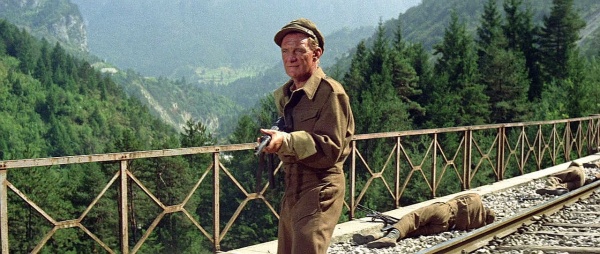
Put Frank Sinatra on the list of “Singers who can also act”. Sinatra actually had quite an acting career in addition to having one of the most magical voices of all time. He even won an Academy Award in 1953 for his supporting role in Best Picture winner “From Here to Eternity”.
In this film, Sinatra plays Colonel Joseph Ryan, an American, who leads some British POWs on a daring escape from their wartime prison on board a German train. Initially disliked by his fellow prisoners, he has to win them over to gain their trust. Only then will they join with him to attempt escape. The tension builds throughout as they former prisoners have to fool the Nazis at German checkpoints and even sent out false communications to try and throw would be pursuers off their trail.
The Germans eventually catch on to the plot and catch up with the train as it nears its destination. The final firefight keeps you enthralled and the ending is somewhat unexpected. Sinatra actually wanted the ending the way it is in the film and insisted on it despite objections from the studio.
7. The Taking of Pelham One Two Three
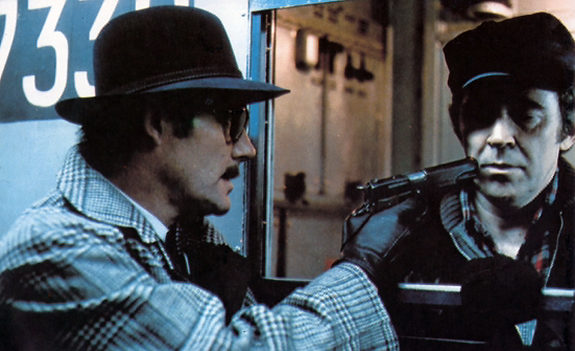
This story, originally a novel by John Godey, was actually made into a film in three different versions. The original 1974 classic starring Walter Matthau, Robert Shaw and Martin Balsam, a made-for-television version in 1998 with Edward James Olmos and Vincent D’Onofrio and the newest most commercial version from 2009 featuring Denzel Washington and John Travolta.
The film tells the story of four men who board a New York City subway train (the real Pelham 1-2-3 which was first used in 1956) only to hijack its passengers, stop the train mid route uncoupling the cars and demanding a ransom. A member of the transit police gets in contact with the criminals and tries to keep them talking while a rescue plan can be figured out or the criminals’ true motives can be realized.
The policemen eventually get their act together and close in on the villains only after they turn on each other. Who will be left? Will the bad guys get away?